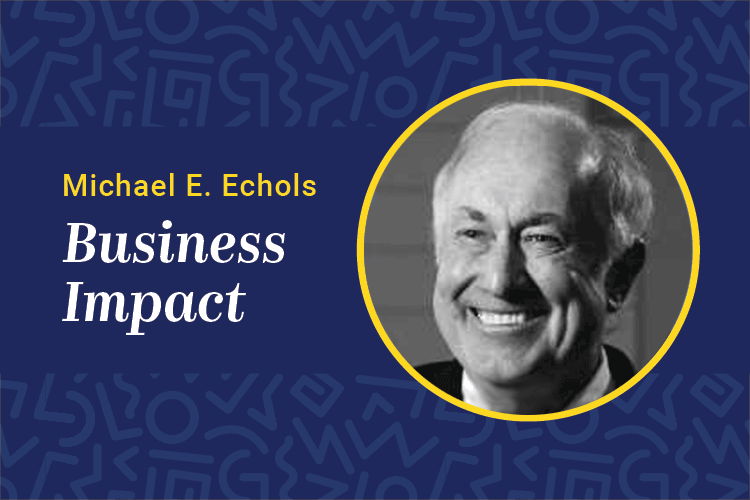Colleges educate. Corporations train. Never the twain shall meet. This is how we manage our corporate investments in training and development. It’s a simple formula, but one fraught with pitfalls in the 21st century global economy.
This basic belief drives behavior in colleges and corporations. Corporate leaders expect the college graduates they hire to come fully equipped with the problem-solving skills the company needs: critical thinking, communication, writing, collaboration and innovation. Surveys of senior corporate leaders clearly define what is expected. This same list also defines complaints from corporate leaders about what colleges are doing wrong.
The current talent strategy is to recruit from the best colleges to increase the likelihood that new hires possess desired capabilities. The doors of these elite colleges are jammed with corporate recruiters, all seeking the same graduates.
Once hired, these highly recruited college graduates are placed in work situations where they are expected to grow, and this is not an unreasonable expectation. The U.S. Department of Labor estimates about 70 percent of learning during a lifetime is the result of experience, not formal training. The current fad is to label this informal learning. Exuberance over this discovery is palpable. Learning through experience has always been a mission in corporations. What is new is the title.
In education the learner learns in a space without rigid boundaries. The learner is encouraged to be creative and exploratory in his or her thinking — to think outside of the box. Once that person is an employee, the strategy is to allow the wonders of informal learning to take place. For specific skills the corporation invests in training.
Before you jump on this generalization with your counter-argument that some professors are narrow-minded control freaks, let me assure you I agree. I had some classes that were mind-numbingly boring. These types of professors often relish in the dogma they pontificate. The good ones challenge their students to grow and expand their horizons. We are exploring the ideal college experience here.
The last thing we want in training is free thinking and creativity. The essence of training is to learn how to do a specific task. With training, the intellectual creativity and innovation has been done by a third-party vendor, not by the learner. The biggest occurrence of this in our organizations is the deployment of software solutions. The essence of software is that it is a rich, structured foundation of logical, left brain-derived decision rules that accomplish complex, logical operations that produce a useful result.
In the case of software, the developer is the one who has done the creative, innovative work, not the trainee. Again, this is a generalization. Increasingly the power of software solutions is their ability to address the need to tap the user’s creativity and experience. Excel spreadsheets have complexity and flexibility beyond comprehension. However, in the end, the decisions the learner needs to make are constrained by the software’s logical constructs and decision rules.
This brings to the fore some key distinctions between education and training. Simply put, good education challenges the learner to explore all options, to be creative and innovative, to learn without boundaries. Good training helps the learner learn how to understand the rules and makeup of an externally developed structure. In software, the decision rules, creativity and critical thinking are captured in a rigid form. Learners are trained to apply that intellectual capacity to their particular problem or decision.
Good education helps learners learn how to push the boundaries, reconfigure the intellectual architecture of a problem and think critically.
To serve learning leaders’ goal to develop greater innovation and critical thinking, more of what occurs in education needs to take place after the employee has been hired. This means the corporation requires greater investment in employee development, what we historically have labeled as education.
Michael E. Echols is the vice president of strategic initiatives at Bellevue University and the author of ROI on Human Capital Investment. He can be reached at editor@CLOmedia.com.















